The downstream of the two Vam Co rivers will have strong high tides in September - October 2025 (Illustration photo)
According to the seasonal forecast bulletin (from July to December 2025) of the National Center for Hydro-Meteorological Forecasting, from now until December 2025, storms and tropical depressions operating in the East Sea and affecting our country are likely to be at a level approximately equal to the average of many years.
From the end of June to September 2025, the total flow on the Mekong River to the Mekong Delta changes slowly with a gradual upward trend. Specifically, from July to August 2025, it is 10-15% higher than the average of many years and 5-10% higher than the average of many years in September. The water level of the Mekong River upstream fluctuates with the tide with a gradual upward trend and peaks in October at alert level 1, at downstream stations, the flood peak is at alert level 3 and above alert level 3, then gradually decreases.
From July to September 2025, moderate and heavy rains are likely to occur in the Central Highlands and the South; dangerous weather phenomena such as thunderstorms, lightning, hail, and strong gusts of wind continue to occur nationwide.
In addition, in the coastal area of the Southeast, there will be high tides: Phase 1 from June 25 - 27, phase 2 from July 10 - 15, phase 3 from July 23 - 29, phase 4 from August 8 - 17, phase 5 from August 21 - 28 and phase 6 from September 9 - 13, October 7 - 11, November 2 - 10. Due to the influence of high tides, low-lying areas in river mouths and coastal areas are at risk of flooding and landslides.
According to the forecast of the Long An Province Hydrometeorological Station, in the province, the downstream of the two Vam Co rivers will have strong high tides in September - October 2025, Tan An station is likely to rise 1.6 - 1.7m (higher than alarm level 3: 0.1m); Ben Luc station is likely to rise from 1.5 - 1.6m (higher than alarm level 3: 0.1m).
In the face of the above situation, to proactively respond to heavy rains, risks of floods, inundation, flash floods, and landslides in the area, the Department of Agriculture and Environment requests the People's Committees of districts, towns, cities and relevant agencies and units to regularly and closely monitor forecasts and warnings of specialized agencies on hydrometeorology to promptly and effectively implement the work of preventing, combating, overcoming the consequences of natural disasters, and rescue and relief in the area according to the motto "four on-site", suitable to the actual local situation.
Strengthen the disaster prevention and control shock force at the commune level to organize patrols, inspections, and early detection of vulnerable areas with high risks of flooding and landslides to promptly reinforce and raise weak dykes and embankments with low elevations that cannot prevent tides.
Properly operate tide-prevention sluices and clear the flow in clogged and blocked areas to prevent prolonged flooding that affects people's lives, production and activities.
Organize the installation of warning signs of deep flooding, dangerous landslides and high risk of landslides and flooding in vulnerable areas, especially residential areas, riverside areas, canals, ditches, low-lying areas to ensure the safety of residential areas and proactively evacuate people when natural disasters occur.
In addition, support and guide people to implement measures to reinforce and brace houses to ensure safety during the rainy season, storms, tornadoes, lightning, strong winds, etc.; deploy solutions to ensure people's safety, prevent electric shock and drowning in children (especially during the summer holidays). Be ready to mobilize and arrange forces, materials, equipment, means to inspect, review and mobilize people to evacuate to a safe place.
Organize traffic flow reasonably, ensure smooth traffic on national highways and provincial roads that are likely to be deeply flooded; do not be passive or surprised due to carelessness or subjectivity when natural disasters occur, causing unfortunate human losses.
The Department of Agriculture and Environment also requested the Provincial Hydrometeorological Station to increase the frequency and quality of forecasts and warnings on hydrometeorology and natural disasters, especially early forecasts of possible occurrences and complex situations of weather and natural disasters. At the same time, provide timely and continuous information, data and documents to agencies, units and localities to serve the direction, command and effective management of natural disaster prevention and control in the province./.
LABOR
Source: https://baolongan.vn/long-an-chu-dong-ung-pho-voi-mua-lon-lu-trieu-cuong-ngap-ung-sat-lo-dat-a197912.html



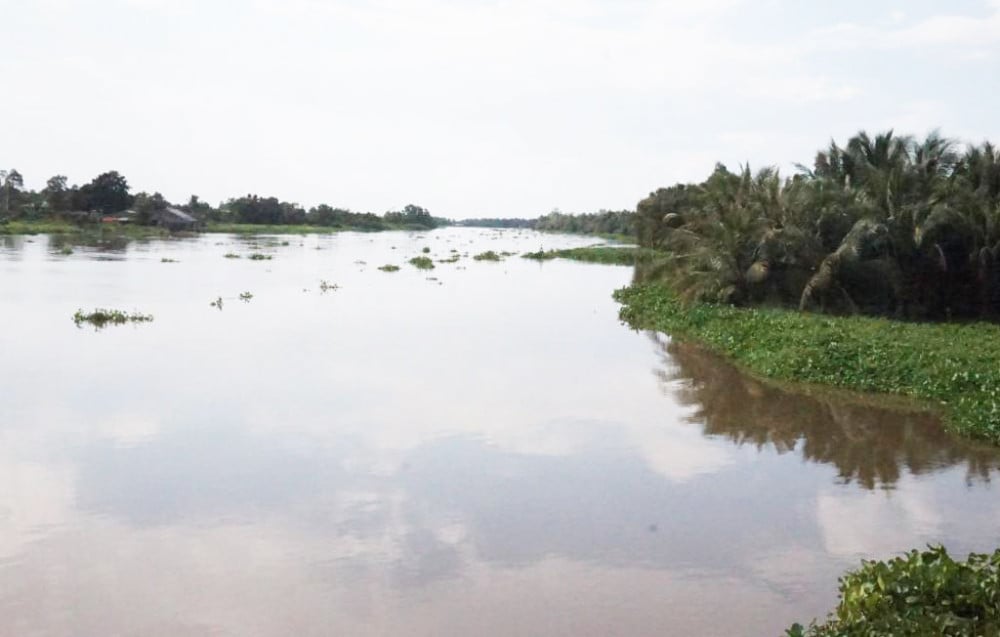
![[Photo] Images of the State-level preliminary rehearsal of the military parade at Ba Dinh Square](https://vphoto.vietnam.vn/thumb/1200x675/vietnam/resource/IMAGE/2025/8/27/807e4479c81f408ca16b916ba381b667)

![[Photo] Parade blocks pass through Hang Khay-Trang Tien during the preliminary rehearsal](https://vphoto.vietnam.vn/thumb/1200x675/vietnam/resource/IMAGE/2025/8/27/456962fff72d40269327ac1d01426969)





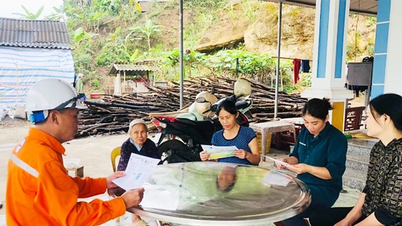

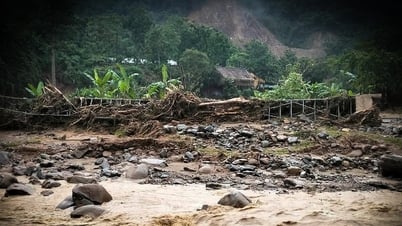

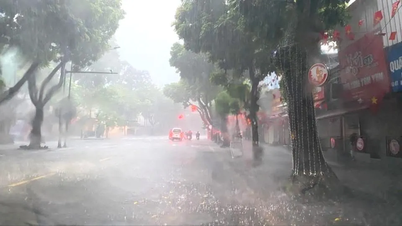



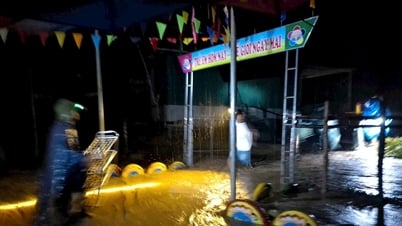




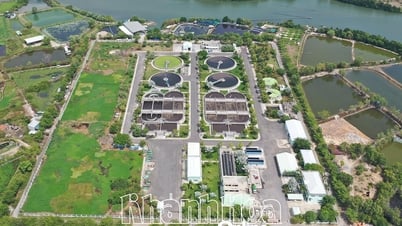


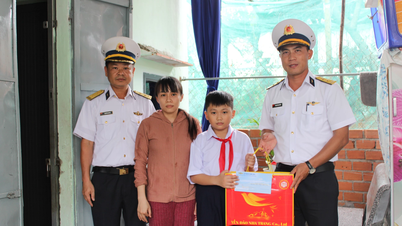





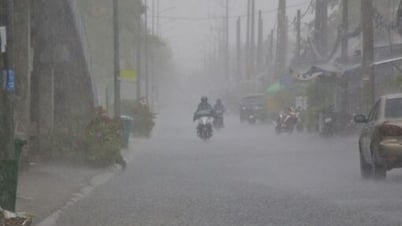


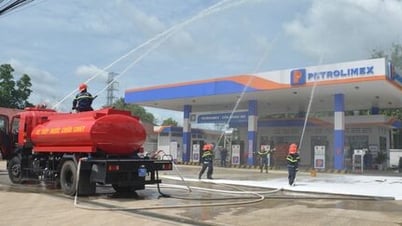
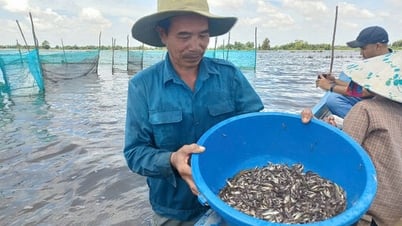



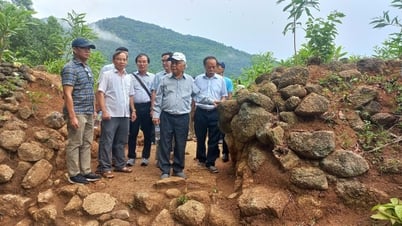

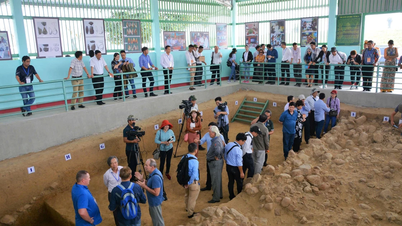

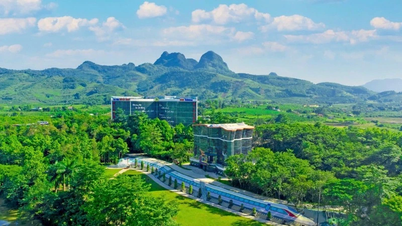










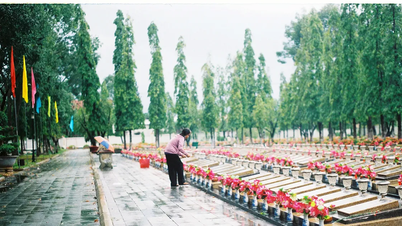

















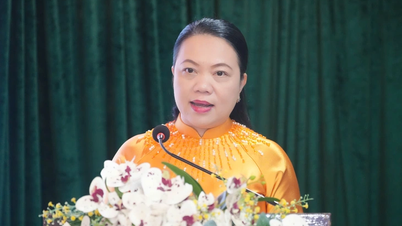




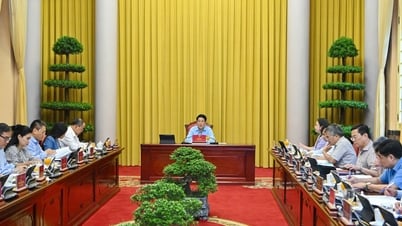




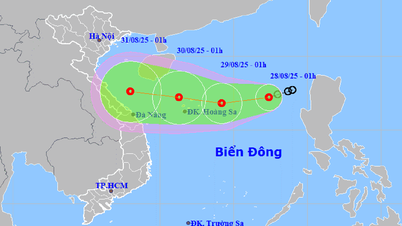


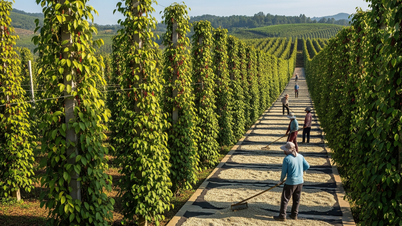
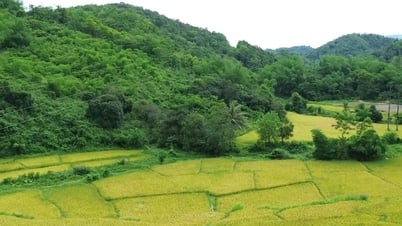















Comment (0)